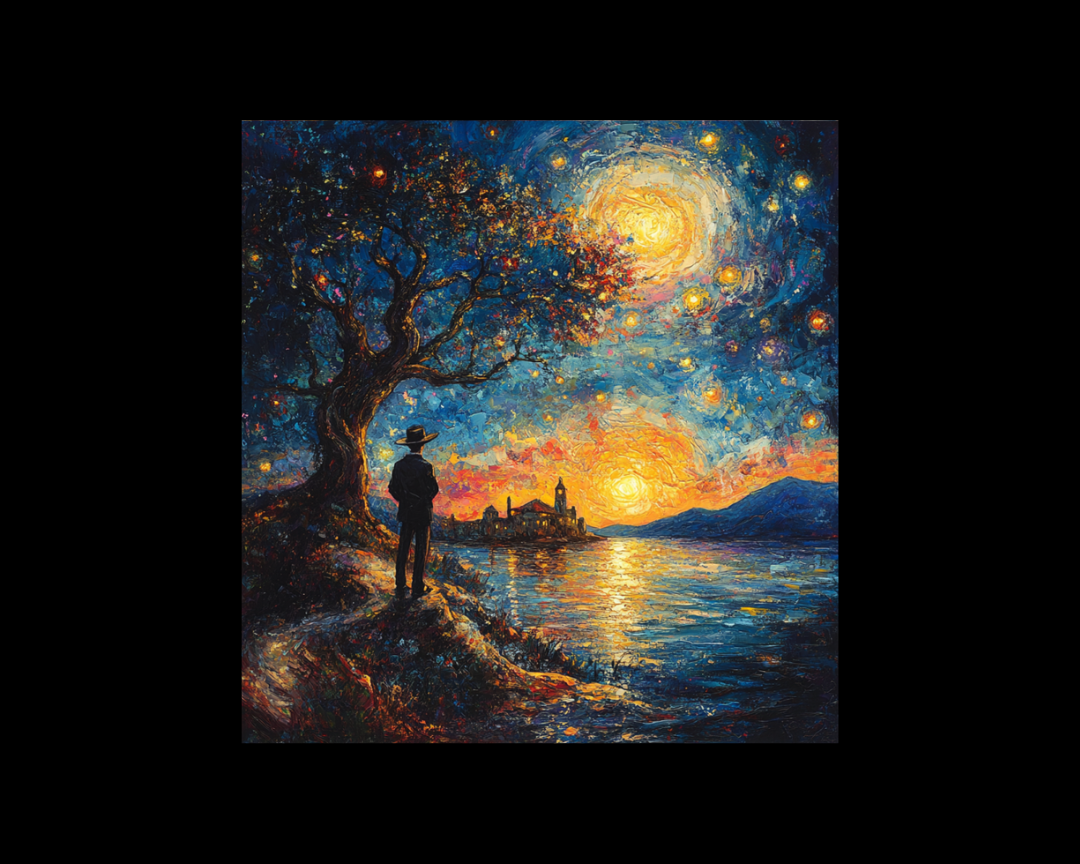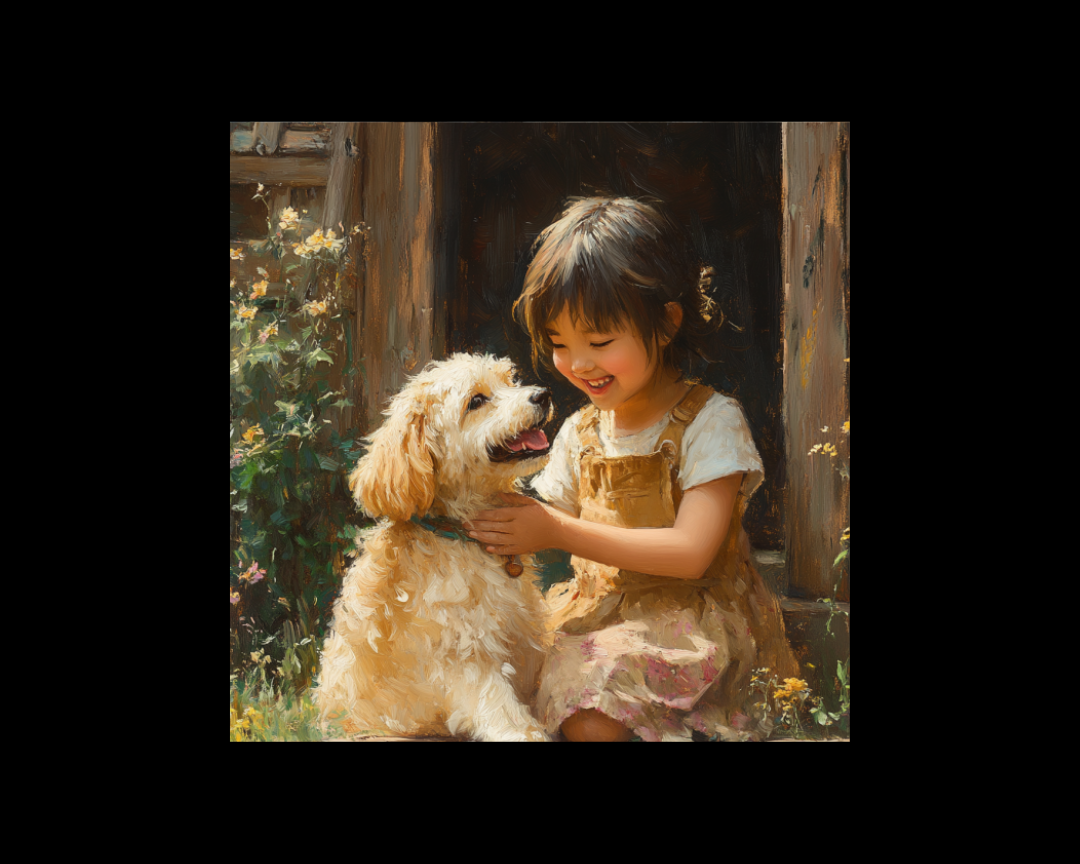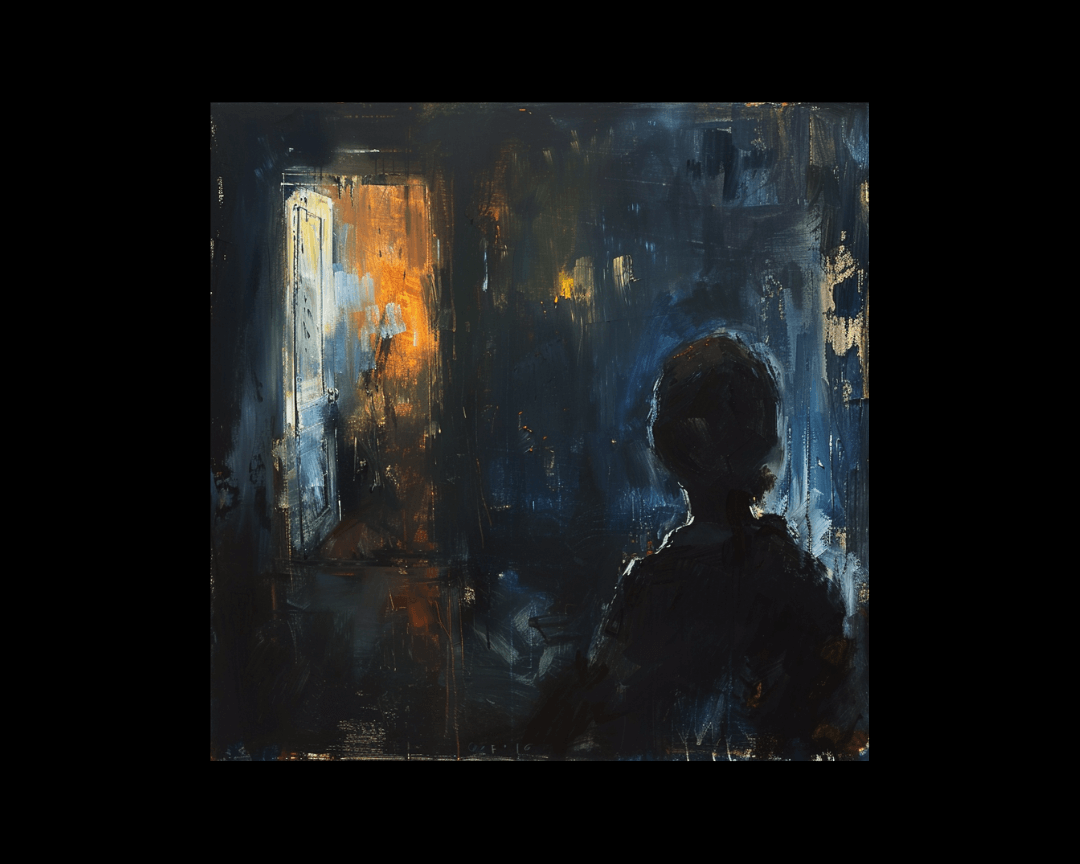Define Naïve
Naivety is often perceived as a lack of experience or worldly wisdom, characterized by a certain innocence, credulity, or childlike simplicity. In...

A well-crafted setting isn't merely a stage where characters perform—it's the air they breathe, the ground they walk on, the very reality that shapes them. Consider how Hemingway's sparse descriptions of the Spanish hills in "Hills Like White Elephants" evoke an emotional barrenness that mirrors his characters' relationship, or how Fitzgerald's lavish portrayal of West and East Egg in "The Great Gatsby" becomes a physical manifestation of American class divides. Setting, when executed masterfully, isn't just where a story happens; it's often why a story happens at all.
Setting encompasses three fundamental elements: time, place, and location. These components create the contextual framework within which your narrative unfolds.
The temporal setting—when your story occurs—extends beyond mere calendar dates. It includes historical context, technological capabilities, social norms, and cultural frameworks. A story set in Victorian London creates vastly different expectations and constraints than one set in 2050s Tokyo.
The place setting refers to the geographical environment—whether real or imagined—that houses your narrative. This could be a small town in rural Mississippi, an orbiting space station, or a magical realm beyond our comprehension. According to a study from the University of Toronto's literature department, setting influences reader engagement more significantly than any other story element except character development.
Location, the most specific element, refers to the particular environments where scenes unfold—a crumbling lighthouse, a sterile corporate boardroom, or the damp interior of a cave. These micro-settings provide the sensory details that ground your reader in the immediate experience of your story.
Setting does more than answer the questions of "where" and "when." It fundamentally shapes how your characters think, act, and interact. A character born into wealth in Renaissance Florence will have different values, knowledge, and behavioral patterns than one raised in a 21st-century trailer park.
"Settings function as containers for character action," writes literary critic and theorist Gary Morson, "but they also serve as catalysts, constraints, and sometimes even characters themselves."
Setting also establishes tone and atmosphere. The foggy streets of London in a Sherlock Holmes mystery create a sense of obscurity and hidden danger, while the vast openness of the American West in a Cormac McCarthy novel evokes existential isolation and moral ambiguity.
Crafting settings that resonate requires attention to sensory detail and emotional resonance. The most memorable settings engage all five senses:
However, effective setting creation isn't about exhaustive description. According to research from Princeton University's neuroscience department, readers form stronger emotional connections to settings described through carefully selected details rather than comprehensive cataloging.
The secret lies in choosing details that carry emotional weight or thematic significance. When Dickens describes the dust and cobwebs in Miss Havisham's mansion, these aren't merely physical details—they're manifestations of emotional stagnation and decay.
Beyond providing context, setting can function as a literary device with various narrative functions:
Setting as character: In some works, the setting becomes so central it functions as a character itself. Consider how the island in "Lord of the Flies" exerts its own influence on the boys, or how the moors in "Wuthering Heights" reflect and amplify the wild, untamed natures of Catherine and Heathcliff.
Setting as antagonist: The harsh winter in Jack London's "To Build a Fire" becomes the protagonist's primary adversary. Natural disasters, hostile environments, or oppressive social systems can all function as setting-based antagonists.
Setting as foreshadowing: The "pathetic fallacy" of weather reflecting emotional states often signals coming developments. A gathering storm might presage conflict; a sudden clearing might suggest resolution.
Setting as social commentary: Authors often use settings to critique or examine societal structures. The strictly regulated districts in "The Hunger Games" reflect and critique class stratification, for example. For more on using setting symbolically, explore our article on Metonymy and Synecdoche: A Writer's Guide.
Different literary genres employ setting in distinctive ways:
Fantasy and Science Fiction: In these genres, world-building becomes paramount. Tolkien's Middle-earth and Herbert's Arrakis aren't merely backdrops—they're integral to the story's existence, requiring extensive development of geography, history, cultures, and even languages.
Historical Fiction: Accuracy and authenticity drive setting development here. Authors like Hilary Mantel (Wolf Hall) or Ken Follett (Pillars of the Earth) immerse readers in meticulously researched historical environments that shape character motivation and plot possibilities.
Mystery and Thriller: Setting often establishes atmosphere and introduces constraints. The isolated country manor in Agatha Christie's works creates both claustrophobia and a closed circle of suspects. According to the Mystery Writers of America, 73% of successful mystery novels feature settings that directly limit character mobility or options.
Literary Fiction: Here, setting frequently serves as metaphor or psychological extension. Virginia Woolf's stream-of-consciousness narratives use setting to reflect interior states, while Faulkner's Yoknapatawpha County becomes a microcosm of the American South's complex history and psychology.
The most powerful settings don't just exist independently of other story elements—they're interwoven with character, plot, and theme. When Ray Bradbury describes the rains of Venus in "All Summer in a Day," the relentless downpour becomes simultaneously:
This integration creates what writer John Gardner called a "vivid and continuous dream"—an immersive fictional experience where setting feels not described but experienced.
Consider how you might use setting to create multidimensional narratives. Can your protagonist's external environment mirror their internal struggles? Might a dramatic change in setting catalyze character growth? Could the limitations of your setting force creative problem-solving?
The philosophers of phenomenology suggest that human consciousness is fundamentally shaped by our experience of place and time. Your characters—like real humans—are products of their environments, both past and present. Their relationship with setting becomes not just a component of your story but potentially its very substance.
Understanding the intricate relationship between setting and story allows you to craft narratives with greater depth and resonance. Whether you're building fantastic worlds from scratch or capturing the nuanced reality of a specific historical moment, your approach to setting will fundamentally shape your reader's experience.
Need help creating immersive, authentic settings that elevate your storytelling? The expert writers at Hire a Writer specialize in crafting vivid, compelling settings across all genres. Contact us today to transform your narrative landscapes from mere backdrops to powerful storytelling elements that engage readers and breathe life into your fictional worlds.

Naivety is often perceived as a lack of experience or worldly wisdom, characterized by a certain innocence, credulity, or childlike simplicity. In...

In the realm of fiction, character reigns supreme. Readers experience the triumphs and tragedies, the loves and losses, the grand adventures and...

The Challenge and the RewardIn storytelling, the protagonist's journey often takes center stage. Readers watch, transfixed, as characters navigate...